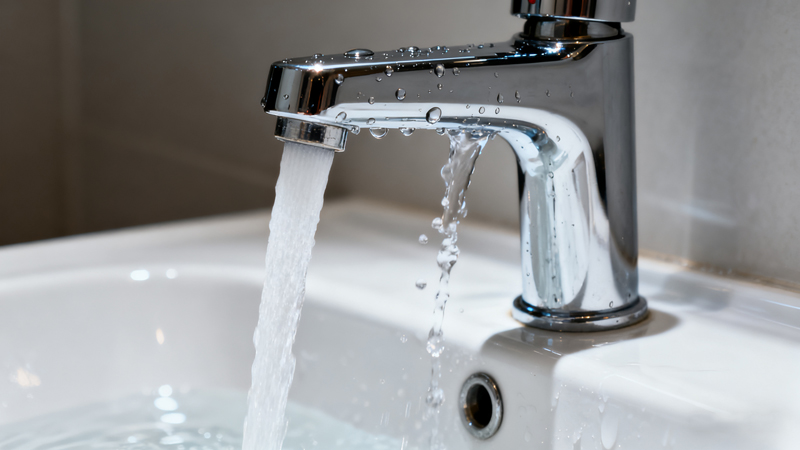
Nothing disrupts a relaxing shower or a productive kitchen cleanup like a faucet with uneven water pressure. One moment you have a steady stream, the next it’s trickling or sputtering. While it might seem like a plumbing nightmare, the good news is that most cases of uneven water pressure are easy to diagnose and fix with a few simple steps.
In this guide, we’ll cover the common causes of water pressure imbalance, how to troubleshoot them, and what you can do to restore smooth, consistent flow to your faucet.
1. Understand the Basics of Water Pressure
Before diving into repairs, it helps to understand how faucet water pressure works. Water pressure is determined by the flow rate supplied to your home and the condition of your plumbing system. When you turn on a faucet, water flows through the supply lines, through internal valves, and out of the spout. Any obstruction or malfunction along this path can disrupt the balance between hot and cold water or create fluctuating pressure levels.
Uneven pressure typically shows up in one of two ways:
- Hot and cold imbalance: One side (usually hot) flows weaker than the other.
- Intermittent pressure loss: Water pressure fluctuates, causing a pulsing or sputtering stream.
Understanding which type of problem you’re facing helps pinpoint the solution faster.
2. Check for Aerator Blockages
The most common reason for uneven faucet pressure is a clogged aerator — the small screen at the tip of the spout. Over time, sediment, mineral deposits, and debris can accumulate, restricting water flow.
How to Fix:
- Unscrew the aerator using your fingers or a soft cloth and wrench (to avoid scratching).
- Inspect the mesh screen for dirt or mineral buildup.
- Soak it in vinegar for 30–60 minutes to dissolve limescale.
- Rinse and reassemble, then test the faucet.
If the water pressure improves, the aerator was the culprit. For households with hard water, consider replacing aerators yearly or using ones with anti-limescale features.
3. Examine the Faucet Cartridge
If cleaning the aerator doesn’t help, the issue may lie inside the faucet itself — particularly in the cartridge. This component controls water flow and mixing between hot and cold sides. Over time, mineral buildup or worn seals can cause uneven flow or pressure drops.
How to Fix:
- Shut off the water supply under the sink.
- Remove the faucet handle (typically using an Allen wrench).
- Pull out the cartridge using pliers, noting its orientation.
- Inspect for debris or scale — soak in vinegar if needed.
- Reinstall or replace the cartridge if it’s damaged or corroded.
Most modern single-handle faucets use ceramic disc cartridges, while older models may have rubber washers or ball valves. Always match replacement parts to your specific brand and model.
4. Inspect Supply Lines and Shut-Off Valves
Uneven water pressure might not be the faucet’s fault at all. Sometimes, kinked or partially closed supply hoses under the sink are to blame.
What to Check:
- Ensure both hot and cold shut-off valves are fully open.
- Look for twists, bends, or leaks in the flexible supply lines.
- If you have braided hoses, inspect for internal corrosion or collapse — these can restrict flow even without visible damage.
Replacing old or damaged supply lines is inexpensive and can instantly restore balanced pressure.
5. Address Hard Water and Sediment Issues
Homes with hard water often experience mineral buildup inside faucet components and pipes. Over time, this narrows passageways, reducing flow and causing irregular pressure between hot and cold sides.
Solutions:
- Flush your pipes: Turn off the water heater and run cold water through faucets to clear sediment.
- Install a water softener or filter: These prevent scale formation and protect your plumbing long-term.
- Descale fixtures periodically: Soak removable parts (aerators, cartridges, spouts) in vinegar or citric acid every few months.
Consistent maintenance can prevent pressure issues from recurring.
6. Check Your Water Heater and Mixing Balance
If the problem only occurs on the hot water side, your water heater might be part of the issue. Sediment buildup inside the heater tank can restrict flow or cause inconsistent temperature and pressure.
What to Do:
- Flush your water heater annually to remove mineral deposits.
- Inspect temperature and pressure valves (T&P valves) for blockages.
- If your faucet uses a pressure-balancing valve, ensure it’s functioning properly — these valves automatically adjust hot and cold flow to prevent scalding, but they can stick or wear out over time.
A plumber can test and replace the valve if it’s malfunctioning.
7. Evaluate the Main Water Supply
Sometimes, uneven pressure isn’t just one faucet — it’s the whole house. In this case, the problem might be related to the main water supply or a pressure regulator.
Steps to Take:
- Check multiple faucets — if they all have low or inconsistent flow, it’s a main line issue.
- Inspect your pressure regulator (usually near the main shut-off). It may need adjustment or replacement.
- Contact your local water utility if you suspect external pressure fluctuations or supply maintenance.
Most homes should have water pressure between 40 and 60 psi. A pressure gauge from a hardware store can help you measure and adjust this safely.
8. Clean or Replace Clogged Pipes
In older homes, galvanized steel pipes can corrode from the inside, gradually narrowing the passage and reducing flow. This often affects only certain fixtures or sides (usually hot water lines).
If you’ve ruled out aerators, cartridges, and valves, but one faucet still has weak flow, a plumber can inspect the piping with a camera to identify buildup or corrosion. In severe cases, pipe replacement or repiping may be necessary.
9. Prevent Future Pressure Problems
Once you’ve fixed the issue, a few preventive steps can help keep your faucet running smoothly for years:
- Clean aerators and cartridges every 6 months.
- Install a whole-house water filter or softener to minimize mineral buildup.
- Use protective coatings on faucet finishes to prevent corrosion.
- Inspect shut-off valves and supply lines yearly.
- Monitor water pressure using a gauge — anything above 80 psi can damage fixtures.
Regular attention prevents small imbalances from turning into major plumbing repairs.
Final Thoughts
Uneven water pressure might seem frustrating, but it’s usually a symptom — not a catastrophe. Whether it’s a clogged aerator, a stuck cartridge, or a pressure issue in your plumbing system, most fixes are simple enough for homeowners to handle with basic tools.
By keeping your faucet components clean, checking valves and supply lines, and maintaining balanced water flow, you’ll not only restore consistent pressure but also extend your faucet’s lifespan and improve overall performance.
With a little maintenance and awareness, your faucet can deliver the steady, satisfying stream it was designed for — every time you turn it on.
 WOWOW Faucets
WOWOW Faucets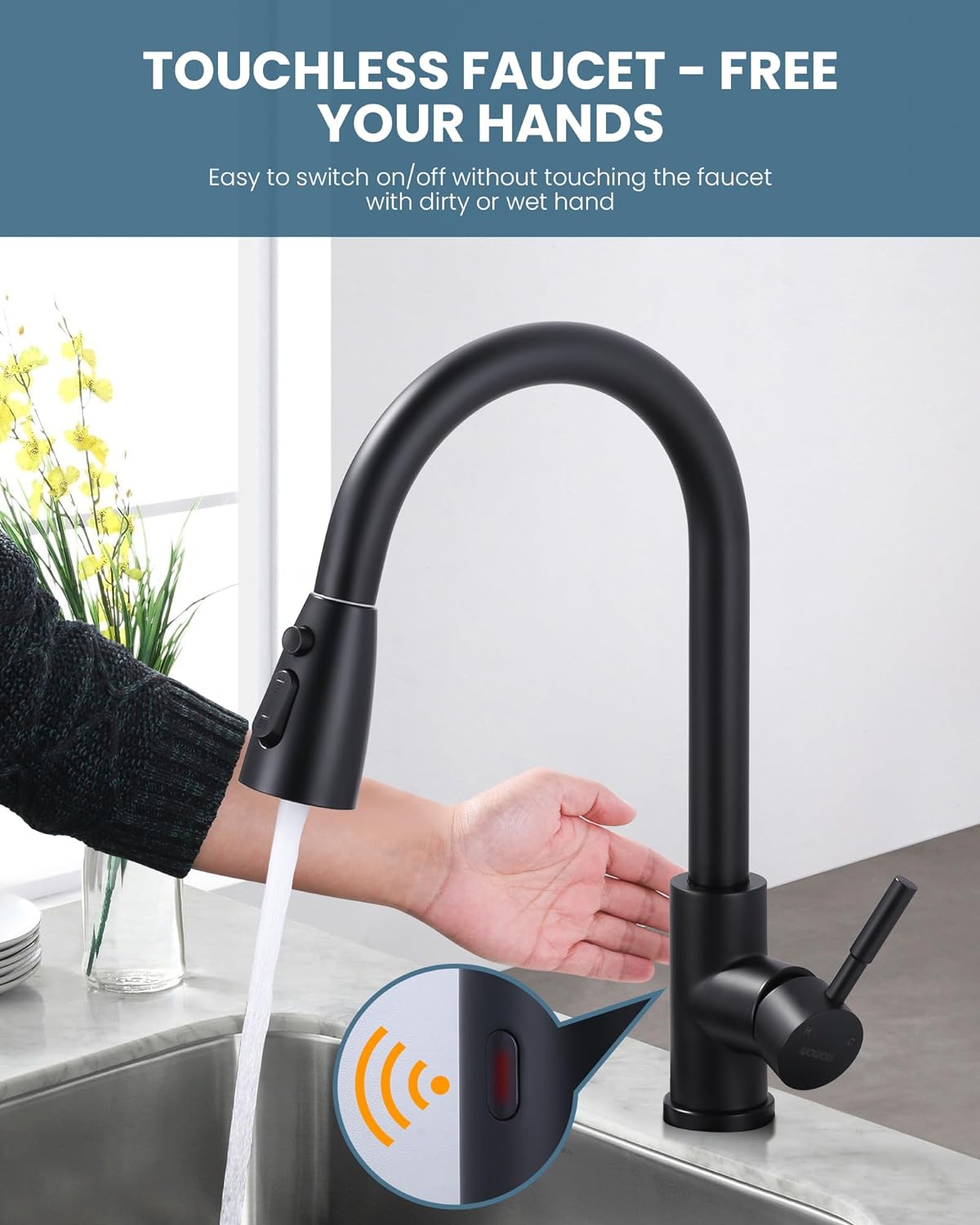
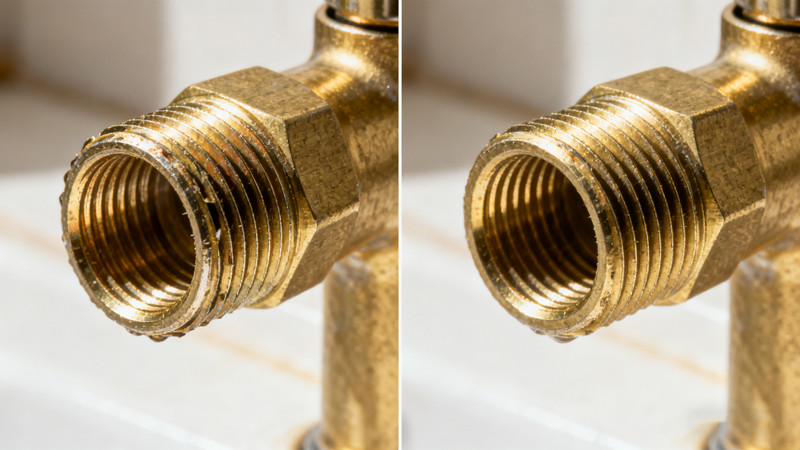
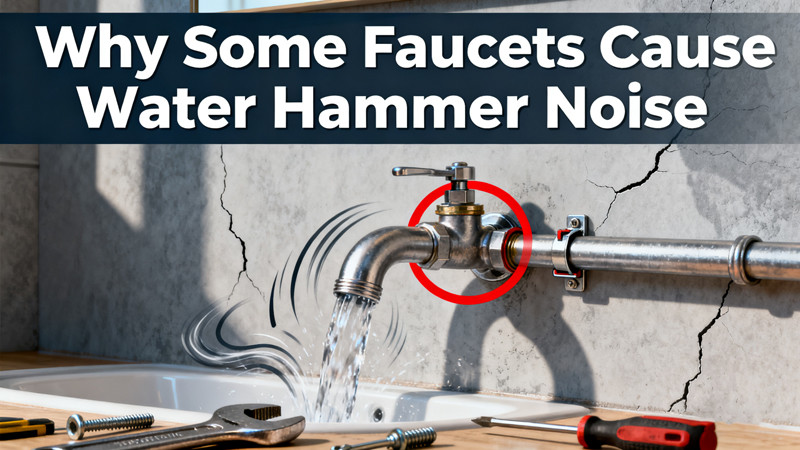
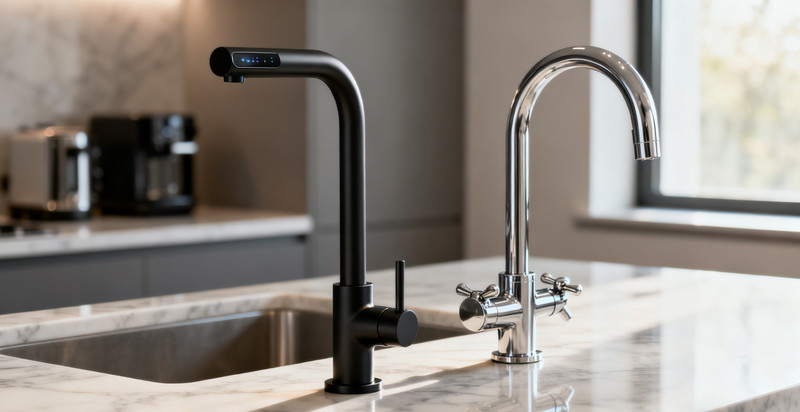

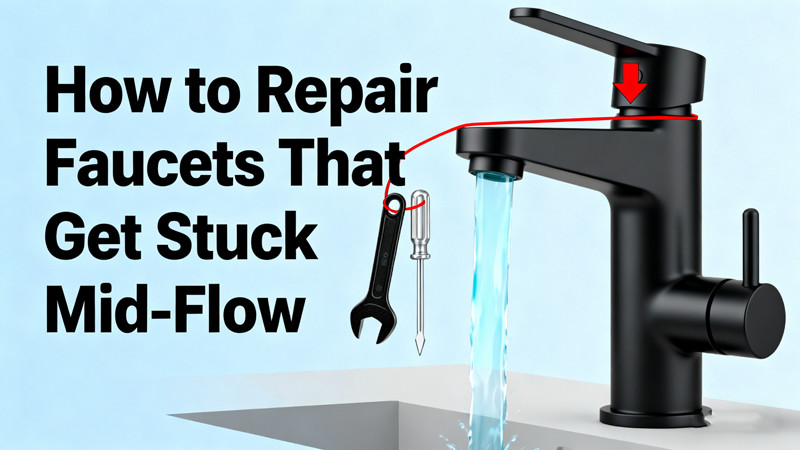
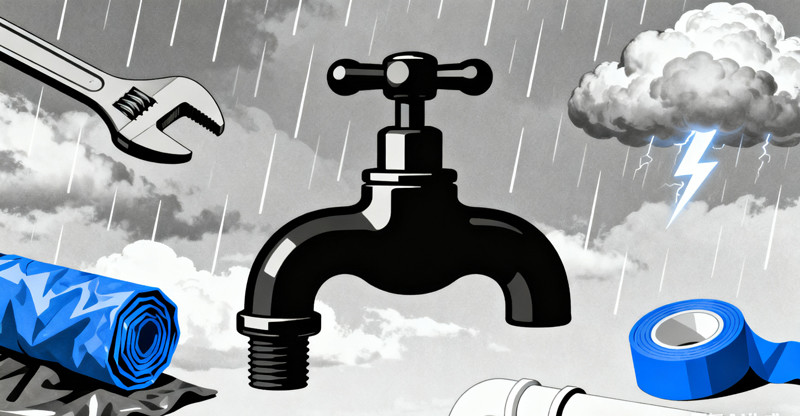
您好!Please sign in